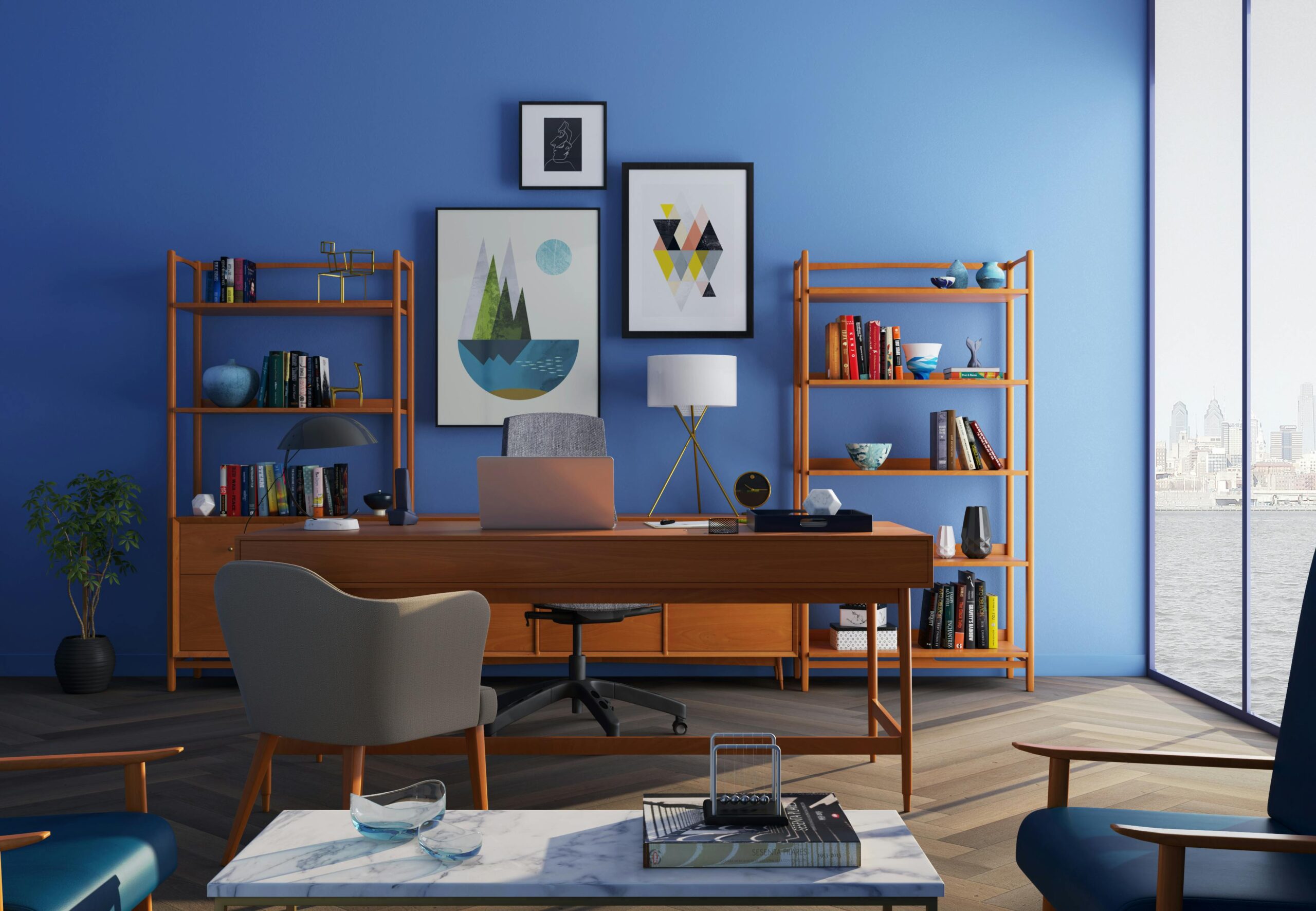The rise of remote work has blurred the lines between professional and personal life for millions of workers worldwide. Creating a clear separation between work and home life has become essential for maintaining mental health and productivity. This article explores practical strategies for designing a dedicated home office space that promotes work-life balance, minimizes distractions, and maximizes productivity, even in small living spaces. With thoughtful planning and intentional design choices, remote workers can establish healthy boundaries and thrive in their home-based work environment.
The Importance of Physical Boundaries
When your living room doubles as your workplace, the distinction between professional and personal time can quickly erode. Creating physical boundaries is the first step toward achieving work-life balance for remote work. A dedicated workspace, even if it’s just a corner of a room, sends a powerful signal to your brain that when you’re in this space, you’re at work. Conversely, when you leave this space, you’re leaving work behind. This physical separation helps prevent work from bleeding into your personal time and spaces, which is crucial for mental health and preventing burnout. Even in a small apartment, identifying and designating a specific area solely for work can make a tremendous difference in your ability to disconnect at the end of the workday.
Designing a Distraction-Free WFH Setup
A successful home office minimizes interruptions and maximizes focus. Position your desk away from high-traffic areas in your home to reduce noise distractions. If possible, choose a location with a door that can be closed during important calls or deep work sessions. When designing a distraction-free WFH setup, consider what visual elements might pull your attention away from tasks. Keep your background professional and simple, especially for video calls. Invest in noise-canceling headphones to block ambient sounds from household activities. Room dividers, bookcases, or curtains can create separation in open floor plans. Even subtle visual cues like a different paint color or distinctive lighting in your workspace can reinforce the psychological boundary between work and leisure areas.
Smart Solutions for Productive Home Office Small Spaces
Limited square footage shouldn’t limit your productivity. When designing a productive home office in a small space, verticality becomes your ally. Wall-mounted shelving above your desk expands storage without consuming floor space. Consider furniture that serves dual purposes, such as a desk that folds into the wall or a storage ottoman that provides seating for clients and hides office supplies. Corner desks maximize awkward spaces that might otherwise go unused. AskHomey offers personalized suggestions for optimizing small workspaces based on your specific room dimensions and needs, helping you find clever solutions you might not have considered. Prioritize ergonomics despite space constraints—a proper chair and correctly positioned monitor will prevent physical strain during long workdays.
Technology and Tools for Creating Work Boundaries Home
Digital boundaries are as important as physical ones in maintaining work-life balance. Establish separate user profiles on your computer—one for work and one for personal use—to help compartmentalize your digital life. Use browser extensions that block distracting websites during work hours. Consider having a dedicated work phone or second phone number that can be silenced after hours. Smart home devices can be programmed to support your boundary-setting efforts, automatically dimming lights at quitting time or announcing the end of your workday. Creating work boundaries at home also involves communicating clearly with household members about your schedule. A simple “do not disturb” sign or light indicator can signal when interruptions should be minimized.
Maintaining Separation Through Rituals and Routines
Physical design elements work best when paired with intentional habits. Create morning and evening rituals that mentally prepare you for transitions between personal and professional modes. This might include dressing professionally (at least from the waist up), following a specific morning routine before entering your workspace, or taking a short walk around the block to simulate a commute. At day’s end, implement a shutdown ritual: close all work applications, write tomorrow’s to-do list, and physically leave your separated home office design. Some remote workers find it helpful to literally cover their workspace with a cloth when not in use, creating a visual signal that work time has ended. These psychological boundaries reinforce the physical ones you’ve established through your thoughtful home office design.
Evolving Your Space as Needs Change
The most effective home office arrangements evolve over time. Regularly reassess your separated home office design to ensure it still meets your needs. Seasonal changes may require adjustments to lighting or temperature control. As your role evolves, you might need different equipment or storage solutions. Don’t hesitate to experiment with new layouts or furniture arrangements if your current setup feels stale or ineffective. The flexibility to modify your workspace is one of the advantages of working from home—embrace it as a way to continually optimize your environment for both productivity and well-being.
For more tips and to connect with reliable home service professionals, follow AskHomey on Facebook and Instagram.



